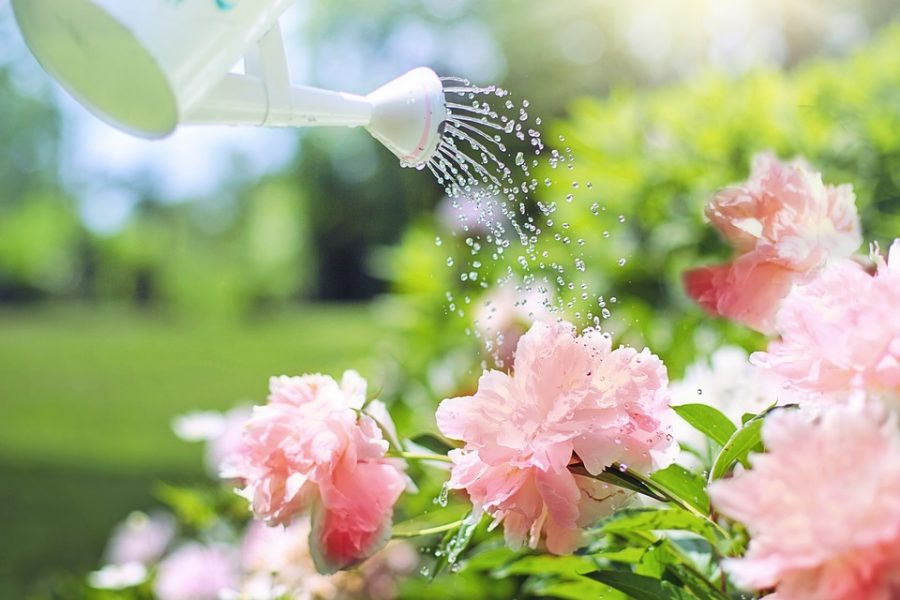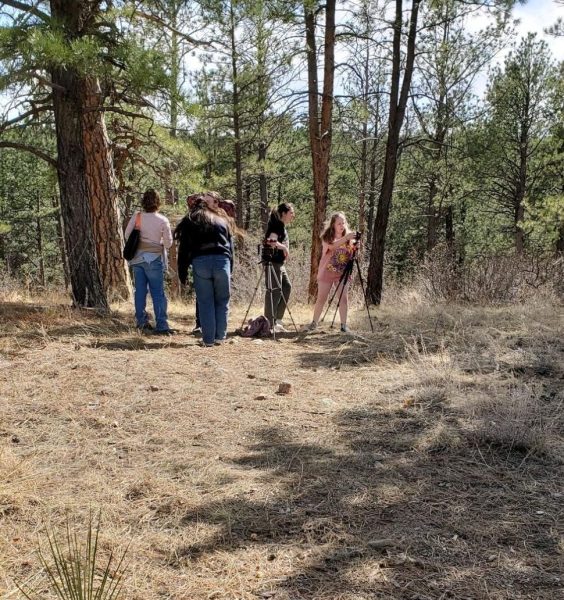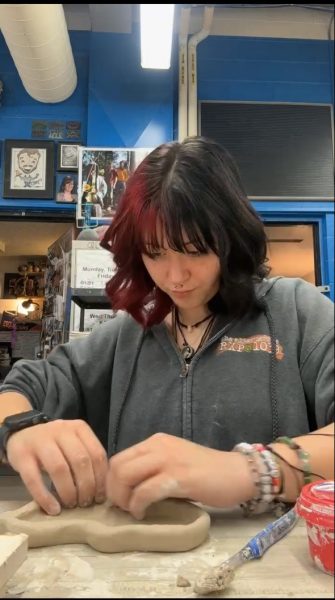Tips to Keep Your Plants Alive
One of my favorite activities with my mom is to go plant shopping at Phelan Gardens. She goes to nurseries attempting to find open-air plants to prepare for summer, and I search for indoor plants; we usually come home with something. Most things I know about plants I have learned from my mom. She has a serious green thumb.
Keeping plants alive really is not as difficult as you think it is. Simple practices can give you a lush garden or a thriving house plant in no time.
Overwatering is unquestionably the most common reason a plant does not progress properly. Several plants prefer to have damp soil; however, more often than not, plants improve after you let the dirt dry out a piece between waterings.
Feel the plant’s dirt every couple of days. Obviously, your plant needs water if the dirt is dry and crumbly, but keep in mind not to water too fast. If the soil hasn’t been watered in a few days, the dirt can become water-resistant. So, water slowly and in small amounts. This can help the plant better absorb the water. Give the pot water until the soil is moist, but not soaking. There should not be a puddle at the top of your pot. If you overwater plants, all that extra water can drown the roots, which decay and die, causing the plant to turn yellow and brown.
Elise Hatfield, an English teacher at Air Academy, shared some advice on watering plants: “My best piece of advice is to water from the “ground” up, so I fill the dish that the plant pot sits in instead of watering from the top. When the dish is empty, I add more water. The water goes directly on the roots and you don’t overwater,” she explained. “This watering method is one that I learned from Monty Don, a gardening genius.”
Some of Hatfield’s favorite plants to grow are Sansevieria plants, snake plants, African Violets, Pothos, and more.
You could also do some research on your plant to find the best watering schedule.
Always pay attention to the care label of your plant after you first purchase it, or do some research online. You need to find out if your plant prefers bright, sunlit areas or the cool, secluded shade.
Typically, most plants prefer very bright sunny rooms, but there are a few, such as the snake plant that thrives in low light areas.
The previously mentioned snake plant is a great plant for beginners. I have a few of these because they are very forgiving with water, and they do well with non-sunlit conditions so they can go anywhere.
Installitdirect.com provides some key advice: “Sure this seems obvious, but even though most plants come with tags explaining the conditions they most need, we can ignore them in lieu of what we think they need. Read the tag carefully and familiarize yourself with the plant’s requirements for sunlight and watering. Some plants don’t need as much water as you might guess and some need more.”
Becoming a hobby gardener or simply just a successful plant owner doesn’t require green thumb magic, but instead just a little knowledge about what you’re growing and how to treat it well.

Hi, I'm Jason and this is my second year at AAHS and my first year as a journalist, I like to go to the lake, listen to music and hang out with friends....








